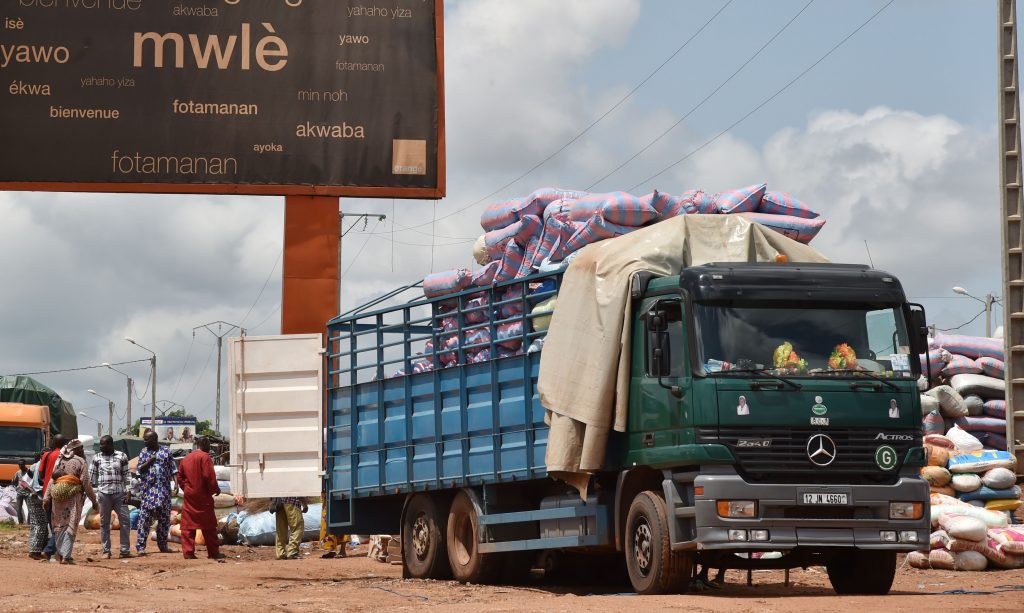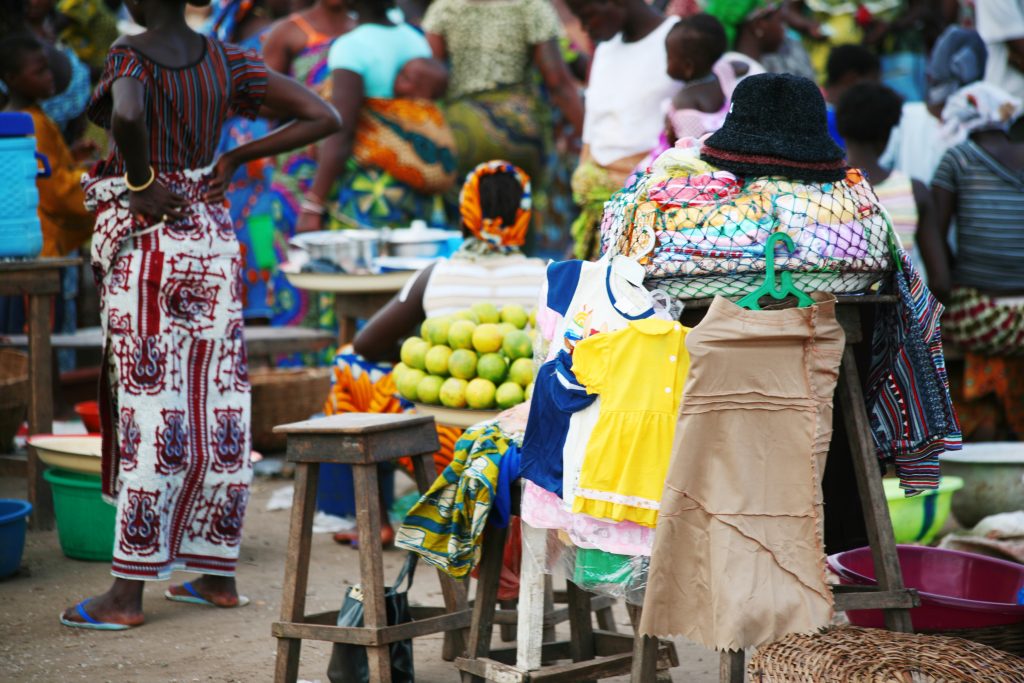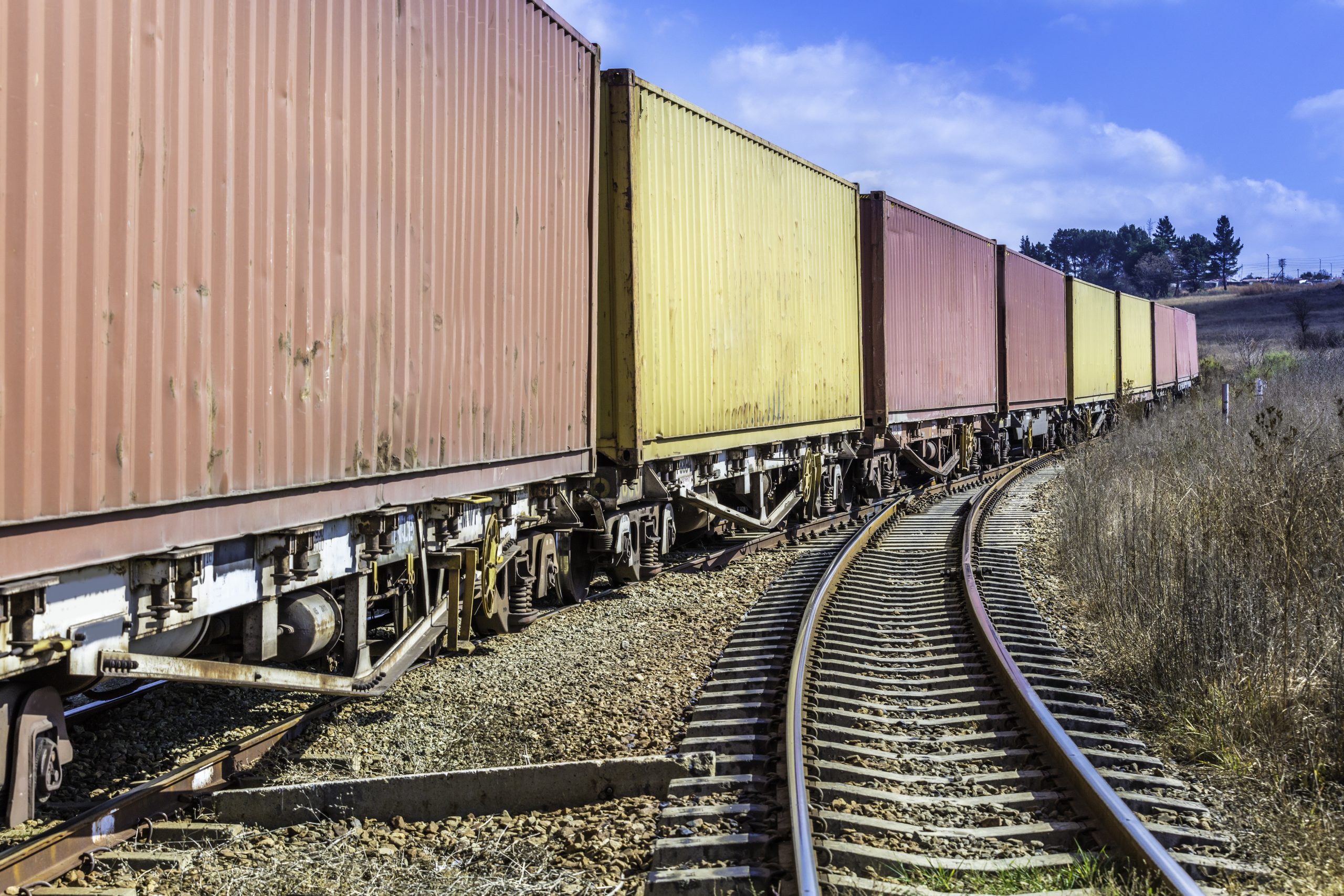Consumers and traders from the East African hinterland countries will be the biggest winners once the proposed Chinese mega infrastructure plan for the horn of Africa is fully implemented. The multi-billion project, which was announced by China’s Foreign Minister Wang Yi on his recent visit to Kenya, will involve expanding the two major railroads and developing ports on the Red Sea and Indian Ocean.
The proposal states that the Mombasa-Nairobi railway in Kenya will be extended to Rwanda, South Sudan and eventually to the DRC. The line that links the Ethiopian capital Addis Ababa with Djibouti will be extended to Eritrea.
Extending the existing rail lines will undoubtedly increase the financial viability of the existing lines, and help stem their losses by connecting them to more regional markets with high logistics transport demand. For instance the Mombasa-Nairobi SGR has been loss making, having made a KSh9.89 billion ($9.78 million) loss in its first year of operation, according to Kenya’s Transport and Infrastructure Cabinet Secretary, James Macharia.
For the longest time, traders from hinterland states like Uganda, Rwanda, DRC and others have incurred high costs in transporting their goods from the ports, and the cost has largely been passed onto the final consumer.
Thousands of cargo trucks ply both the central and northern corridors every month, but this comes at a high cost, with experts saying if the inland countries had a connecting rail line the costs would significantly be lower. This rail network is part of the effort to facilitate the region in accelerating the building of industrial belts and economic belts, through stemming cargo costs.
Africa’s rail freight tariffs, which range from US$0.03 to US$0.06 per ton-km, are competitive against truck transportation according to The World Bank.
Establishment of a rail line connecting coastal countries to those that are landlocked, would minimize the isolation from continental, regional and global supply chains that many countries in the region suffer.
“Traditional tracking in logistics across Africa is 4 to 5 times more that of the European Union, shipping and exportation of goods across the continent is very expensive and policies should change to foster cross-border movements of goods and services and this plan gives a ray of hope,” says Henri Nyakarundi, CEO and Founder of ARED an SME based in Africa.

The main modes of transport for most landlocked countries in the region are air and road, which are expensive for small and medium enterprises.
The development of these railroads is expected to support these SMEs as well as create more competitive industries and sectors in export-processing zones linked to global markets.
Once the infrastructure project is up and running, exports from the regional countries will be more competitive on the continental and international markets since their prices will be competitive.
The project is also expected to attract more investments into the region.
“SMEs are expected to experience cheaper transportation costs since connectivity of markets through transport linkages will be made easier by this growth in infrastructure” says Tony Watima an economic consultant.

With cheaper transport costs and a linked regional market through rail, regional SMEs will stand a chance in competing in the wider AfCFTA market.
Watima however warns that African countries should go beyond the excitement of such a project and evaluate its economic viability at different levels.
“African economies should build capacities on how to evaluate projects that are in the best interests of their economies”
Wang’s comments that this project will take shape in “due course” suggests that it depends on African governments creating favorable conditions of peace, stability and realistic feasibility studies that will allow Chinese capital to be employed.

